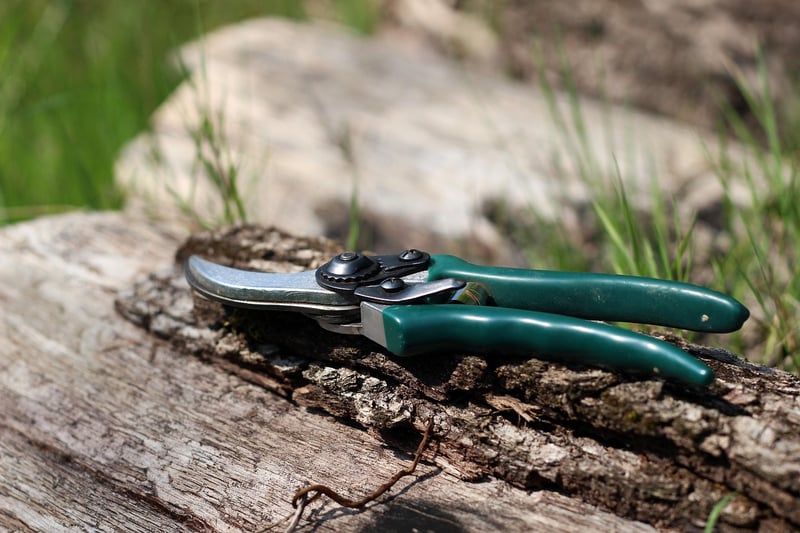Pruning Tips
Maintaining Healthy Plants: Essential Pruning Tips
Keeping your plants healthy and thriving requires regular care and attention. One crucial aspect of plant maintenance is pruning, which not only enhances the appearance of your plants but also promotes growth and overall health. Here are some essential pruning tips to help you cultivate a lush and vibrant garden:
1. Use the Right Tools
Invest in high-quality pruning tools such as sharp shears, loppers, and pruning saws. Keeping your tools clean and sharp will ensure clean cuts that heal quickly, reducing the risk of disease transmission.
2. Know When to Prune
Understand the specific needs of each plant species in your garden. Some plants benefit from pruning in the dormant season, while others require regular pruning throughout the growing season. Research the optimal time for pruning each type of plant to achieve the best results.
3. Remove Dead or Diseased Branches
Regularly inspect your plants for dead, damaged, or diseased branches. Pruning these branches helps prevent the spread of disease and encourages new growth. Make clean cuts close to the main stem or branch to promote healing.
4. Shape and Control Growth
Pruning allows you to shape your plants and control their growth. Trim back overgrown branches to maintain a desired size and shape. This practice also improves air circulation and sunlight exposure, which are essential for plant health.
5. Stimulate Flowering and Fruit Production
Strategic pruning can stimulate flowering and fruit production in many plants. By removing old or non-productive branches, you redirect the plant's energy towards producing flowers, fruits, or new growth. Consult specific guidelines for each plant variety.
6. Practice Caution with Pruning
While pruning is beneficial for plants, over-pruning can be harmful. Avoid removing more than 20-30% of a plant's foliage at once to prevent stress and damage. Take your time and observe how your plants respond to pruning before making extensive cuts.
7. Seek Professional Advice
If you are unsure about how to prune specific plants or trees, don't hesitate to seek advice from gardening experts or arborists. They can provide valuable guidance on proper pruning techniques and help you avoid common mistakes.
By following these essential pruning tips, you can ensure that your plants remain healthy, vibrant, and beautiful throughout the year. Remember that pruning is both a science and an art, so take the time to learn and practice proper techniques for optimal results.

Image Source: Pixabay
